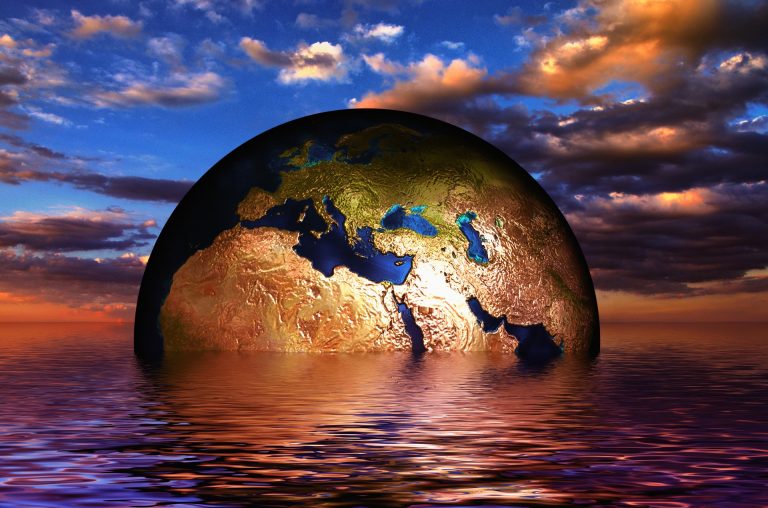
We all know that the environment is increasingly at risk because of man. For this reason, it is essential to investigate the connection between human rights and the environment. In recent years, public attention has focused on the problem of environmental protection, especially in the wake of the obvious man-made ecological disasters.
People, in fact, are now seeing the possible effects of the continuing lack of respect and attention to the planet. The consequences of pollution, climate change and uncontrolled exploitation of natural resources are terribly visible. Cooperation and coordination of actions at national and international level can stem the effects.
Human Rights and the Environment: Few Legal Instruments
One of the areas related to the debate on environmental issues is human rights. Indeed, failure to protect the environment affects the possibility of ensuring that these rights are properly respected. Environmental issues, however, have only entered the international debate relatively recently. For this reason, there is still no direct and explicit reference to the environment in international law. As a result, we cannot say that there is an independently enforceable right to the environment.
The first recognition of the link between the environment and human rights took place in 1972. That year, the United Nations Declaration on the Human Environment was adopted at the Stockholm Conference. According to the first article, people also have the right to live in an environment that allows them to live in dignity and well-being. Furthermore, they have a duty to protect and improve the environment for the benefit of present and future generations. The importance of this recognition lies in the possibility of identifying an environmental component in the protection of human rights.
Other International Environmental Laws
In addition to these general acknowledgements, some treaties adopted after 1972 contain an explicit reference to the environment. Article 24 of the United Nations Convention on the Rights of the Child (1989) guarantees the right to health, taking into account the risks due to pollution.
Article 29 of the United Nations Declaration on the Rights of Indigenous Peoples, on the other hand, unequivocally attributes the right to the conservation and protection of the environment and the productive capacity of their lands or territories and resources. In particular, States must implement assistance programmes in this regard. In addition, in the case of dangerous storage activities on their territory, they must require free, prior and informed consent from indigenous peoples.
This Declaration, although being the only one to recognize the right to the natural environment, with no link to particular violations of other rights, applies unfortunately only to indigenous peoples. This is because of the specific bond they have with the environment in which they live.









